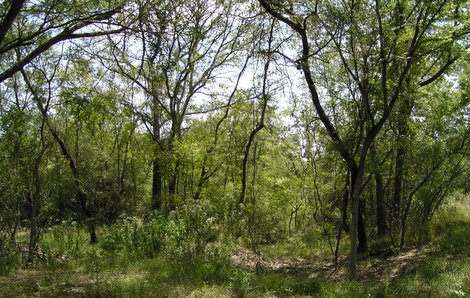
Good habitat management is the cornerstone of a successful deer management program. But providing good habitat is more than just planting a couple food plots, setting up some protein feeders, and hoping it rains. In fact, none of that stuff is habitat management. Those things can help with available food resources, but they do little to address big issues for the plant communities found on your property.
Sure, food plots and free-choice feeders do provide supplemental food, but habitat management is a whole other issue. Habitat management is not as straight-forward as placing out food for deer to eat, so many people shy away from it. Habitat management is actively creating or restoring processes that impact habitat and food production at several levels – and they can have long-term benefits for deer rather than just over a single season or year.
As time consuming as habitat management can be, not all techniques are difficult to implement. Although I touch on different techniques from time to time, today I just want to talk about timing. Timing, as in life, really is everything!
An important component for white-tailed deer is browse. As such, make sure to maintain woodlands with dense understory (brush) plants. Many landowners want to make “park-like” stands – and all that’s left is a bunch of trimmed-up trees with grass underneath. This doesn’t help deer a whole lot.
In addition to creating park-like stands, cattle grazing can also be a detriment to the browse resources available for deer to consume. This is where the good timing comes into play. To improve deer browse, I recommend excluding livestock from woodlands during early spring, late-summer, and winter. This action alone does wonders for the management of brush species on your property.
During the spring, this allows for brush regeneration. This promotes healthy foliage production during this time period and sets up root resources for the year. This keeps deer browse production in high gear.
In addition, increased foliage cover (from reduced cattle usage) allows for increased mast (fruit) production. Likewise, removing livestock from understory areas keeps them from reducing evergreen browse. These nutritious foods will help keep deer in better condition throughout the typical stress periods of summer and winter and, in addition, provides much needed screening cover for white-tailed deer and other wildlife
